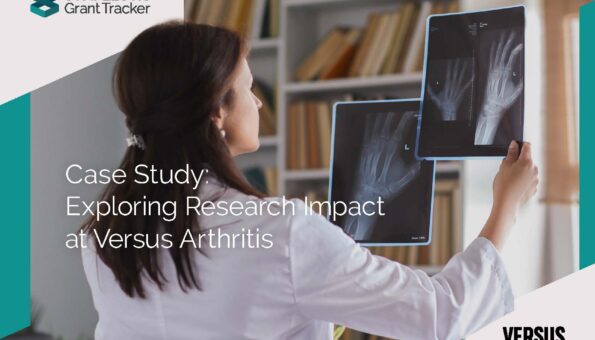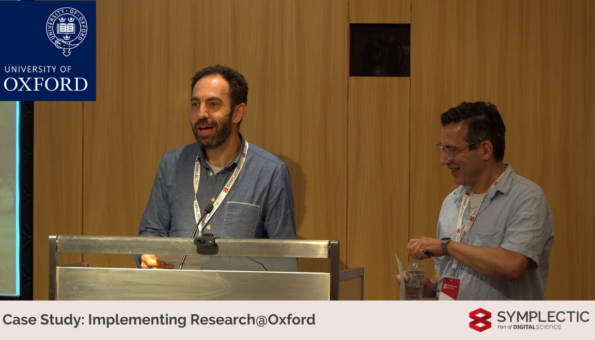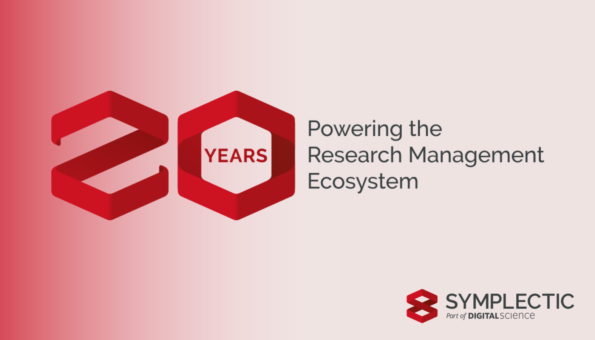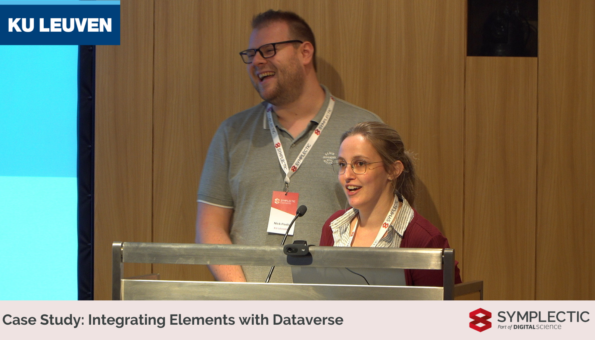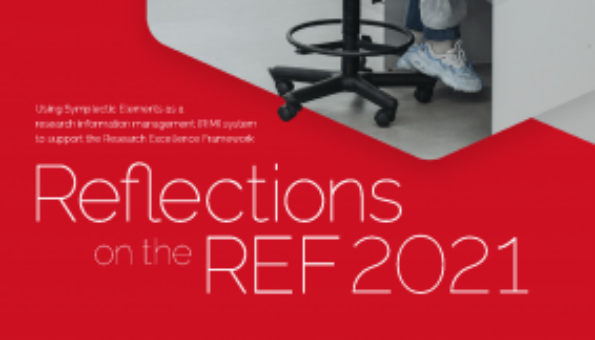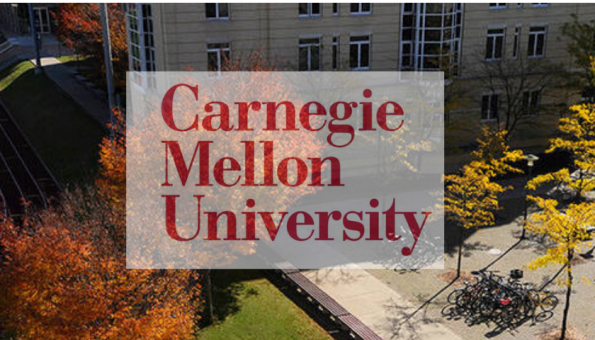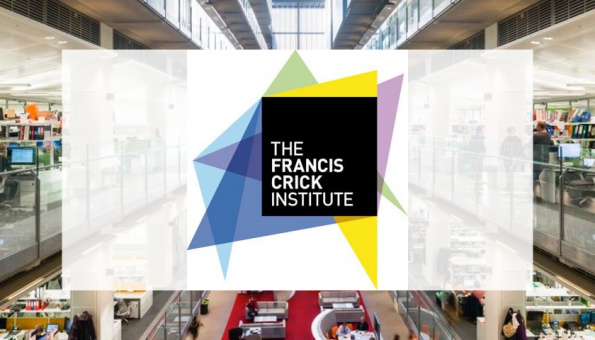University of Technology Sydney: Distilling Research Impact using Symplectic Elements
This case study explores UTS’ approach to embedding and demonstrating research impact through the initiative, and its use of Symplectic Elements and other Digital Science tools to support its data collation processes and embed a culture of impact into daily workflows.
Read more

